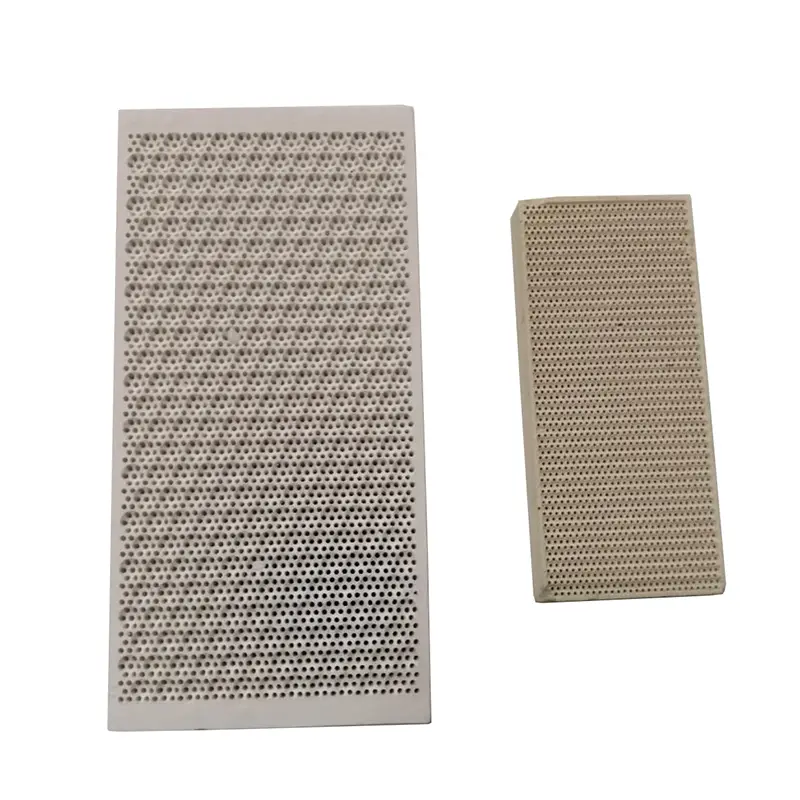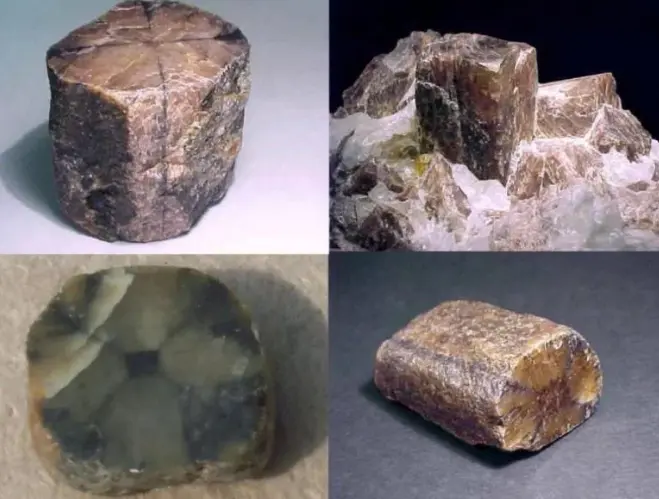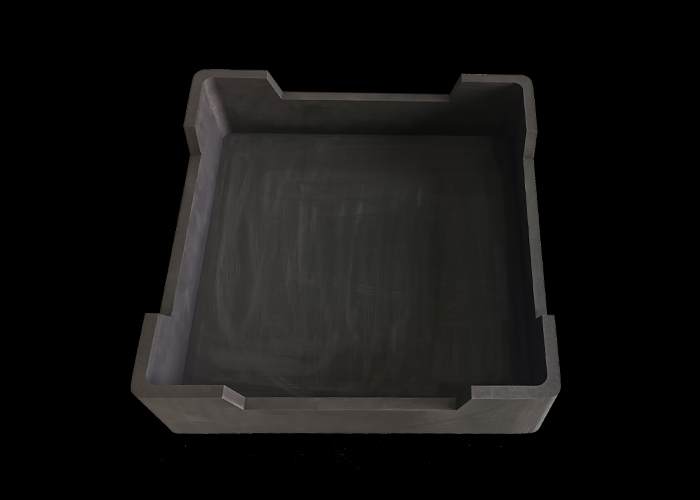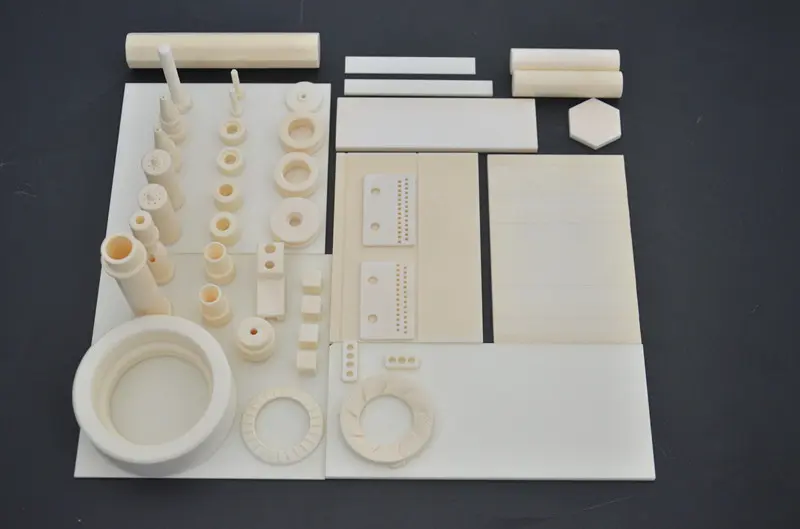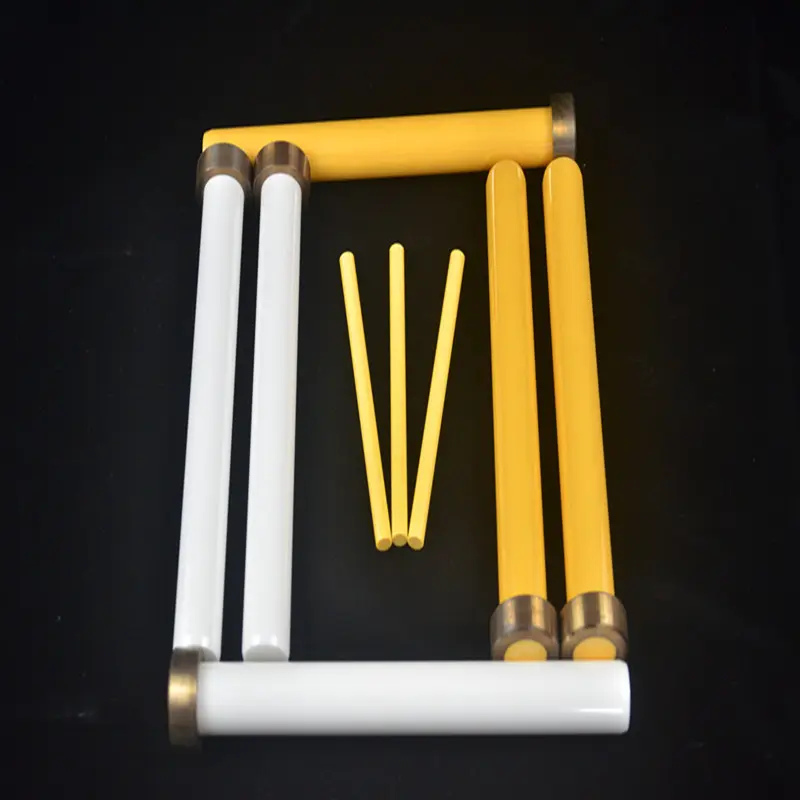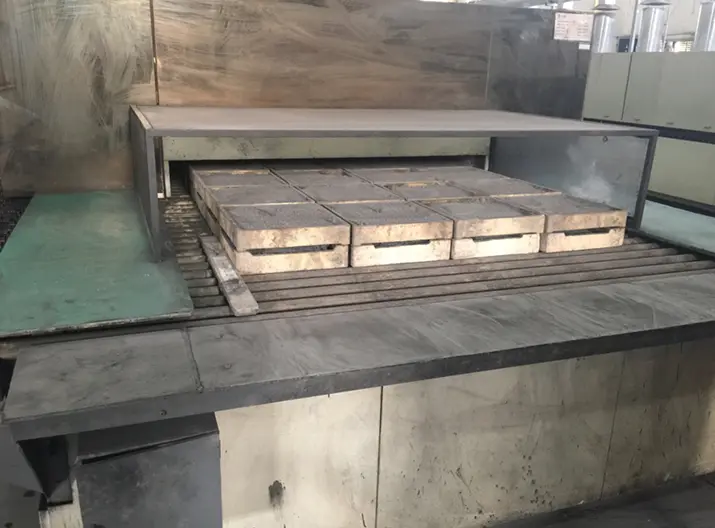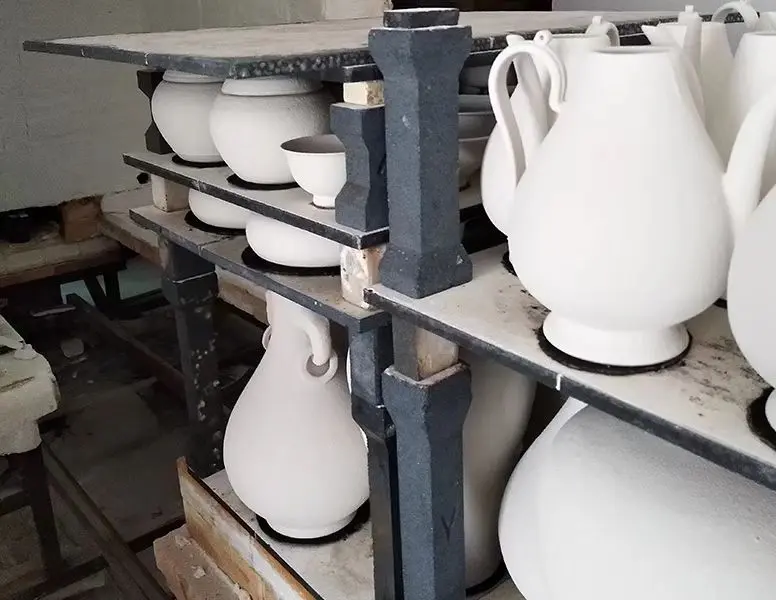13 Types of Refractory Materials and Their Applications
What are refractory materials?
Refractory materials generally refer to inorganic nonmetal materials with a refractory degree of 15800℃ or above. Refractory materials include natural ores and various products made for certain purposes and requirements through certain processes, which have certain high-temperature mechanical properties and good volume stability. They are the necessary materials for various high-temperature equipment.
1. Fired Refractory Products
Fired refractory products are refractory materials obtained by kneading, molding, drying, and high-temperature firing of granular and powdery refractory raw materials and binders.
2. Non-fired Refractory Products
Non-fired refractory products are refractory materials that are made of granular, powdered refractory materials and suitable binders but are directly used without being fired.
3. Special Refractory
Special refractory is a kind of refractory material with special properties made of one or more high melting point oxides, refractory non-oxides, and carbon.
4. Monolithic Refractory (Bulk Refractory or Refractory Concrete)
Monolithic refractories refer to refractory materials with a reasonable gradation of granular, powdery refractory raw materials, binders, and various admixtures that are not fired at high temperatures and are used directly after mixing molding, and grilling material.
5. Functional Refractory Materials
Functional refractory materials are fired or non-fired refractory materials that are mixed with granulated and powdered refractory raw materials and binders to form a certain shape and have specific smelting applications.
6. Clay Bricks
Clay bricks are aluminum silicate refractory materials composed of mullite, glass phase, and cristobalite with an Al2O3 content of 30% to 48%.
Applications of Clay Bricks
Clay bricks are a widely used refractory material. They are often used in masonry blast furnaces, hot blast stoves, glass kilns, rotary kilns, etc.
High alumina bricks refer to refractory materials with an Al2O3 content of more than 48%, mainly composed of corundum, mullite, and glass.
Applications of High Alumina Bricks
It is mainly used in the metallurgy industry to build the plug and nozzle of a blast furnace, hot air furnace, electric furnace roof, steel drum, pouring system, etc.
8. Silica Bricks
Thanks for the comments for pointing out the error in this part. Silicon and silica are two different substances, among which silicon exists as a single element in nature and has a brittle crystal structure. Silica is different. It is composed of silicon and oxide. Its crystal structure is very hard, and its melting point is around 1700°C. Silica brick is a good refractory material. The SiO2 content of silica bricks is above 93%, and other components include phosphorous quartz, cristobalite, residual quartz, glass, etc.
Applications of Silica Bricks
Silica bricks are mainly used to build the partition walls of the coking oven carbonization and combustion chambers, open-hearth heat storage chambers, high-temperature bearing parts of hot blast stoves, and vaults of other high-temperature kilns.

Types of Refractory Materials
Magnesium bricks are alkaline refractory materials made from sintered magnesia or fused magnesia as raw materials, which are press-molded and sintered.
Applications of Magnesium Bricks
Magnesium bricks are mainly used in open-hearth furnaces, electric furnaces, and mixed iron furnaces.
10. Corundum Bricks
Corundum brick refers to refractory with alumina content ≥90% and corundum as the main phase.


